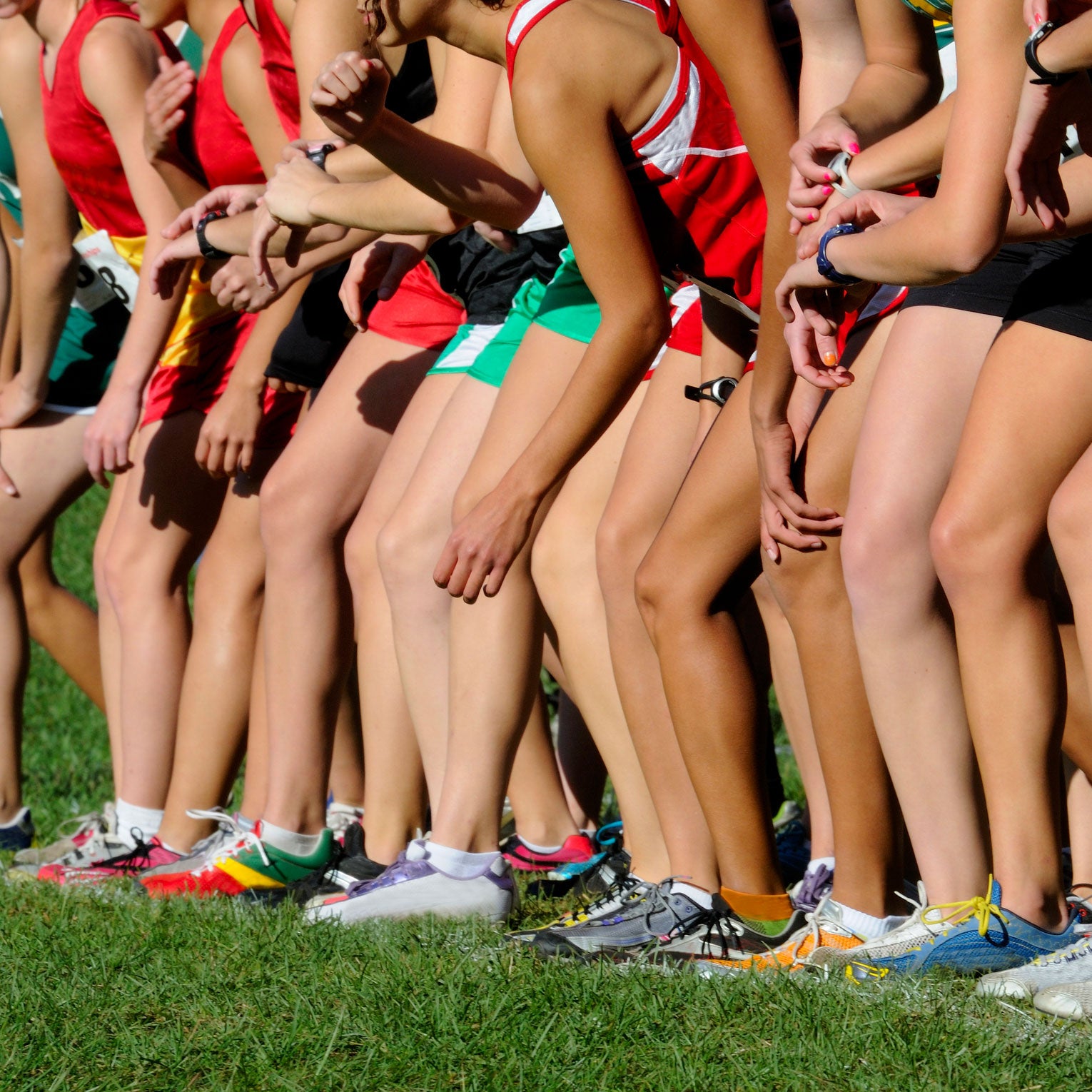“The freedom of cross-country is so primitive. It’s woman versus nature.” –Lynn Jennings, three-time IAAF Cross-Country World Champion.
This weekend, the NCAA Division I Cross-Country Championships will once again take place in Terre Haute, Indiana—the city that over the past decade and a half has established itself as of collegiate cross-country. , a 22-year-old senior at the University of Oregon, is heavily favored to become the first man to win four national titles, a feat that eluded collegiate legends like Henry Rono and Steve Prefontaine.
While this may be a big deal for the devotees who visit sites like or , the upcoming championships will not inspire Rose Bowl-level media hype, to say the least. Even within the niche world of professional distance running, cross-country ranks low on the scale competitive prestige. When I interviewed pro runner Ben True, who was the top American at the 2011 and 2013 World Cross-Country Championships, he told me that the unofficial hierarchy of professional distance running places track races at the top, followed by high-profile road events like the Marathon Majors. Cross-country is a distant third.
In other words, one of the most exciting events in running gets no love. But it should. At the risk of jinxing King Cheserek’s bid for an unprecedented fourth national title, here are four reasons why you should care about cross-country.
1. It’s a Precursor to Trail Running
We may be in the midst of a , but cross-country running has been around for 200 years. The sport’s origins date back to early 19th century England, when students played a game called ““—also known as a “hare and hound run”—in which one or two boys, or the “hares,” would get a head start and lay a trail of shredded paper. A few minutes later, a larger group—the “hounds”—would follow in hot pursuit across miles of boggy English countryside. The object was to catch the hares before they reached a pre-determined location. Eventually, the game migrated across the Atlantic.
An by one Arthur Brown Ruhl, first published in the November 1904 issue of Outing magazine (and, more recently, republished the excellent running publication Meter), gives a first-hand account of a game of paper chase played at Harvard around the turn of last century. If there exists a more vividly alive account of what running feels like, I have yet to read it:
After the pack had passed the field and trotted through a half-mile or so of streets the town gave way to scattered houses, and the houses to open fields and scraps of woodland, and finally you found yourself in the open country. Trot-trot, trot-trot, uphill and down, scrambling over boulders and stones, pushing through thickets and brushwood, the pace kept up unceasingly. The line began to stretch out now. From the top of each rise of ground you could see the slower ones pulling up the slope behind you while ahead for a quarter of a mile the leaders were carrying a broken line of vivid crimson and white out into the hazy distance. Your blood, slowly and surely heated by the three-mile pull, now burned evenly to your very finger-tips. The heat of it made you laugh at the frosty air, smoothed out every kink in your body, melted away the weight that had pulled on your chest until your lungs worked as easily as a fish’s gills and the rich fruity air sank to the very bottom of them.
2. It Used to Be an Olympic Sport (and Might One Day Be Again)
One of the major reasons why cross-country isn’t a bigger deal on the professional running circuit is that it is not an Olympic sport; for better or worse, the Olympics are the biggest stage for events like track and field and swimming, and exclusion from the five-ring club is de facto banishment to the realm of the obscure.
But cross-country wasn’t always on the outside looking in. The 1912, 1920, and 1924 Games all included cross-country competition. Unfortunately for the sport, the race at the 1924 Games in Paris occurred on a freakishly hot day. More than half of the field DNF-ed, with many athletes succumbing to sunstroke and spells of vomiting. As author David Wallechinsky wrote in The Complete Book of the Olympics, the “event proved to be an almost total disaster, which put an end to cross-country races in the Olympics.”
Recently, however, several advocates, including , have pushed for cross-country to be brought back into the Olympic fold, potentially as an addition to the Winter Games. Among other benefits, it is argued that this would give several heretofore excluded African nations incentive to care about the cold-weather Games. Bringing the sport back would also lend Olympic distance running events a team element, because in cross country…
3. Every Runner Matters
Distance running may be stigmatized as a way for maladjusted loners to work through their neuroses, but cross-country is actually a team sport. A team’s score is determined by tallying the place numbers of its first five finishers. Hence, in cross-country, all athletes are incentivized to run their best possible race and to fight for every place until the very end. The consequence of this scoring dynamic is that mid-pack runners become just as crucial—if not more so—to a team’s final standing as the superstars up front. It’s a setup that also makes for a more engaging spectator experience, as fans need to pay attention to more than the lead pack. For example, if last summer’s Olympic Marathon were scored as a cross-country race, the U.S. women would have gone home with the gold medal.
4. Things Like This Can Happen
You won't see this in a track meet.
And definitely not this.


